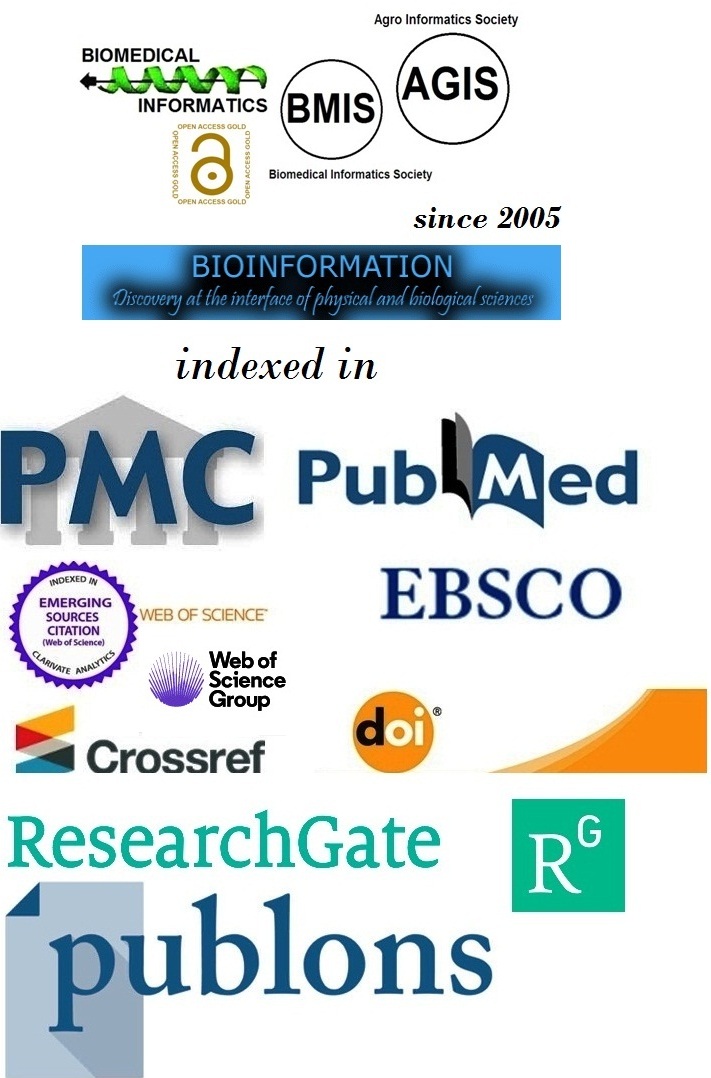Title
Cavity preparation with Er:YAGvs, Nd:YAG and diode lasers on remaining dentin thickness (RDT)
Authors
Prajakta Ganesh Chougule1, Manoj Kumar Meena2,*, Abhishek Mishra3, Mushir Mulla4, Chetna Joshi5, Tapapriya Nandi6, Ankur Kakkad7 & Munaz Mulla8
Affiliation
1Department of conservative Dentistry and Endodontics, BharatiVidyapeet, (Deemed to be University) Dental College & Hospital, Sangli, Maharastra, India; 2Department of Prosthodontics, Daswani Dental College and Research Centre, Kota, Rajasthan, India; 3Department of Oral & Maxillofacial Surgery, ITS Dental College, Greater Noida, India; 4Department of Public Health, College of Applied Medical Sciences, Qassim University, Saudi Arabia; 5Department of Periodontics, Seema Dental College and Hospital, Rishikesh, Uttarakand, India; 6Intern, Kalinga Institute of Dental Science, Kalinga Institute of Industrial Technology (KIIT) Deemed to be University, Patia, Bhubaneswar, Odisha, India; 7Department of Oral Medicine and Radiology, Hitkarini Dental College, Jabalpur, Madhya Pradesh, India; 8Department of Periodontics, Saveetha Institute of Dental College and Hospitals, Saveetha Institute of Medical and Technical Sciences, Saveetha University, Chennai, Tamilnadu, India; *Corresponding author
Prajakta Ganesh Chougule - E-mail: drprajaktapatil8343@gmail.com
Manoj Kumar Meena - E-mail: drmanojmeena83@gmail.com
Abhishek Mishra - E-mail: dr_abhishek_mishra@yahoo.com
Mushir Mulla - E-mail: m.mulla@qu.edu.sa
Chetna Joshi - E-mail: id_myselfchetnajoshi@gmail.com
Tapapriya Nandi - E-mail: nanditapapriya@gamail.com
Ankur Kakkad - E-mail: drkakkadomdr@gmail.com
Munaz Mulla - E-mail: drmunazperio@gmail.com
Article Type
Research Article
Date
Received August 1, 2025; Revised August 31, 2025; Accepted August 31, 2025, Published August 31, 2025
Abstract
Preservation of remaining dentin thickness (RDT) during cavity preparation is crucial for maintaining pulpal health. Laser technology has revolutionized modern dentistry by offering precise, minimally invasive treatment. Therefore, it is of interest to compare the effects of Er:YAG, Nd:YAG and diode lasers on remaining dentin thickness (RDT) and thermal damage during cavity preparation under standardized laboratory conditions.A total of 150 extracted human premolars were randomly divided into three groups. Pre- and post-operative RDT was assessed using a stereomicroscope and temperature rise was recorded with pulp chamber thermocouples. Histological evaluation with hematoxylin and eosin staining was performed to assess thermal effects. Er:YAG laser demonstrated superior conservation of dentin and minimal thermal damage, making it optimal for hard tissue applications. Nd:YAG and diode lasers exhibited higher thermal effects and reduced dentin preservation, suggesting caution in their use near the pulp.
Keywords
Er:YAG laser; Nd:YAG laser; diode laser; remaining dentin thickness; thermal damage; in vitro study
Citation
Chougule et al. Bioinformation 21(8): 2829-2832 (2025)
Edited by
P Babaji
ISSN
0973-2063
Publisher
License
This is an Open Access article which permits unrestricted use, distribution, and reproduction in any medium, provided the original work is properly credited. This is distributed under the terms of the Creative Commons Attribution License.
